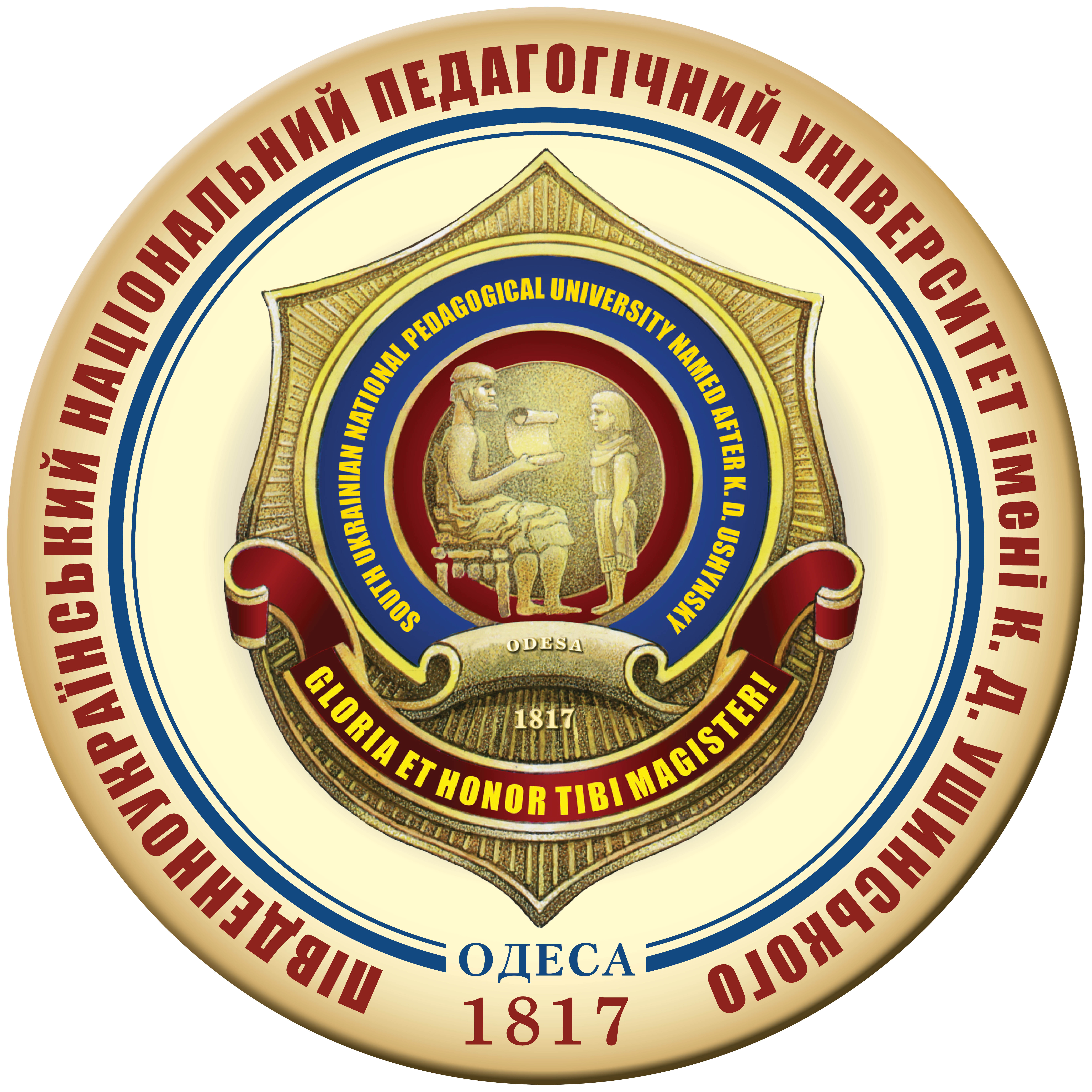CURRENT STATE OF THE SPHERE OF PHYSICAL CULTURE AND SPORTS IN UKRAINE
DOI:
https://doi.org/10.24195/olympicus/2023-1-6Keywords:
functioning, development, quantity and quality indicators, reporting.Abstract
The article emphasizes that the state, the most important problems and prospects for the development of the sphere of physical culture and sports are determined by external and internal factors that directly or indirectly affect specific quantitative and qualitative indicators of its functioning. The modern market socio-economic system of Ukraine contributes to the formation and development of the main components of the market of physical culture and sports services. One of the foundations of the state policy in the field of physical culture and sports is to provide conditions for supporting the areas of physical culture and sports. The formation and implementation of state policy in the field provides a list of indicators of the state of development of physical culture and sports, namely, indicators of the level: physical health of different population groups; attracting citizens to mass sports; involvement of persons with disabilities in physical education and sports rehabilitation; attraction of children and youth, including children and youth with disabilities, to classes in children’s and youth sports schools; achievements of Ukrainian athletes at international sports competitions, primarily the Olympic, Paralympic and Deaflympic Games, the Global Games for Athletes with Intellectual Disabilities, the World Games in non-Olympic sports; staffing in the sphere of physical culture and sports; financial and logistical support of the sphere of physical culture and sports; creation of conditions for access of persons with disabilities to sports facilities. These indicators are taken into account to monitor the state of development of physical culture and sports and to develop programs for its development both at the state and regional levels. A systematic analysis of the state of the sphere of physical culture and sports contributes to the optimization of the selected parameters and indicators using the socio-economic mechanism for the development of physical culture and sports services, the effectiveness of managing the physical culture and sports movement, which confirms the relevance of this study. Materials and Methods. The following methods were used in the study: analysis of scientific literature and documentary sources, Internet information resources, statistical data; advanced domestic experience; combination of logical and historical analysis; system analysis; methods of mathematical statistics. The main indicators of functioning and development of the sphere of physical culture and sports for the last 3 years are subject to analysis. Discussion. The current reporting system in Ukraine on the main indicators of health-improving and sports activities of certain subjects according to the reporting form № 2-FK (annual) is characterized. The authors noted the lack of an effective system of control over the activities of private physical culture and sports organizations, as well as representatives of the public sector, which affects the objectivity of information. The system of balanced indicators, which allow assessing the level of development of both the system as a whole and the degree of achievement of individual goals, should be formed depending on the strategic goals of the social policy of the country, region, territorial community and considered according to the criteria of socio-economic efficiency, consumer efficiency, internal mechanism of functioning as well as infrastructure. In the field of physical culture and sports, the integral indicator should reflect the degree of its influence on the achievement of universal global socio-economic goals with a socio-economic effect. Today, the system of functioning of the sphere of physical culture and sports can be represented in terms of indicators that characterize quantitative changes in the development of physical culture and sports proper (the number of people involved, sports facilities, the volume and structure of financing, etc.). The indicators of the second group characterize the degree of influence of the sphere of physical culture and sports on the achievement of social and economic goals facing the society. Results. The development of the sphere of physical culture and sports is possible when positioning it as a large, complex, dynamic, probabilistic and selforganizing system, in the management of which the principles of consistency, integrity, complexity and hierarchy, synergy and emergence, structuredness, balance of centralized and centralized are applied. An effective system of state management of physical culture and sports implies a clear distribution of areas of responsibility of its various subjects for individual components of the system, for the achievement of operational and strategic goals of its functioning. An important condition for the implementation of this principle is convenient, from a managerial point of view, quantitative information using the latest IT technologies and the transition to digital interaction. In order to improve the efficiency of the physical culture and sports management system using the principles of the balanced characteristics system, it is necessary to improve the organizational and managerial model of sports organizations, regardless of the form of ownership, and a unified reporting system on their activities.
References
Державне регулювання фізичної культури та спорту в Україні : монографія / С.М. Домбровська та ін. НУЦЗУ, 2020. 313 с.
Україна спортивна – 2021 : інформаційний довідник / Міністерство молоді та спорту України. Київ, 2022. 118 с. URL: https://mms.gov.ua/fizichna-kultura/statistichna-zvitnist/ shchorichnij-informacijnij-dovidnik-ukrayina-sportivna (дата звернення: 02.12.2022).
Україна спортивна – 2020 : інформаційний довідник / Міністерство молоді та спорту України. Київ, 2021. 98 с. URL: https://mms.gov.ua/fizichna-kultura/statistichna-zvitnist/ shchorichnij-informacijnij-dovidnik-ukrayina-sportivna (дата звернення: 02.12.2022).
Україна спортивна – 2019 : інформаційний довідник / Міністерство молоді та спорту України. Київ, 2020. 98 с. URL: https://mms.gov.ua/fizichna-kultura/statistichna-zvitnist/ shchorichnij-informacijnij-dovidnik-ukrayina-sportivna (дата звернення: 02.12.2022).
Обсяг реалізованих послуг за регіонами за видами економічної діяльності 2021, 2020, 2019 рр. URL: https://www.ukrstat.gov.ua/ (дата звернення: 03.01.2023).
Сталий, інклюзивний та смарт-розвиток у контексті децентралізації: досвід Європейського Союзу / Н.В. Павліха та ін. Дидактичні матеріали навчальної сертифікованої програми в рамках реалізації освітнього проєкту Jean Monnet Chair SISDDP Erasmus+. Луцьк : ВНУ ім. Лесі Українки, 2022. 71 с.
Про затвердження Державного соціального стандарту у сфері фізичної культури і спорту : наказ Міністерства молоді та спорту України від 28 березня 2013 р. № 559/23091. URL: http:// zakon.rada.gov.ua/laws/show/z0559-13 (дата звернення: 21.10.2022).
Про затвердження Стратегії розвитку фізичної культури і спорту на період до 2028 р. : постанова Кабінету Міністрів України від 4 листопада 2020 р. № 1089. URL: https:// zakon.rada.gov.ua/laws/show/1089-2020 (дата звернення: 15.10.2022).
Про фізичну культуру і спорт : Закон України № 3808–XII. URL: https://zakon.rada.gov.ua/ laws/show/3808-12#Text (дата звернення: 24.09.2022).
Рибчич І.Є. Організаційно-правові засади регулювання розвитку фізичної культури і спорту у сфері публічного управління. Аналітика і влада: журнал експертно-аналітичних матеріалів і наукових праць Інституту проблем державного управління та місцевого самоврядування Національної академії державного управління при Президентові України. Київ : НАДУ, 2014. № 9. С. 66–71.








